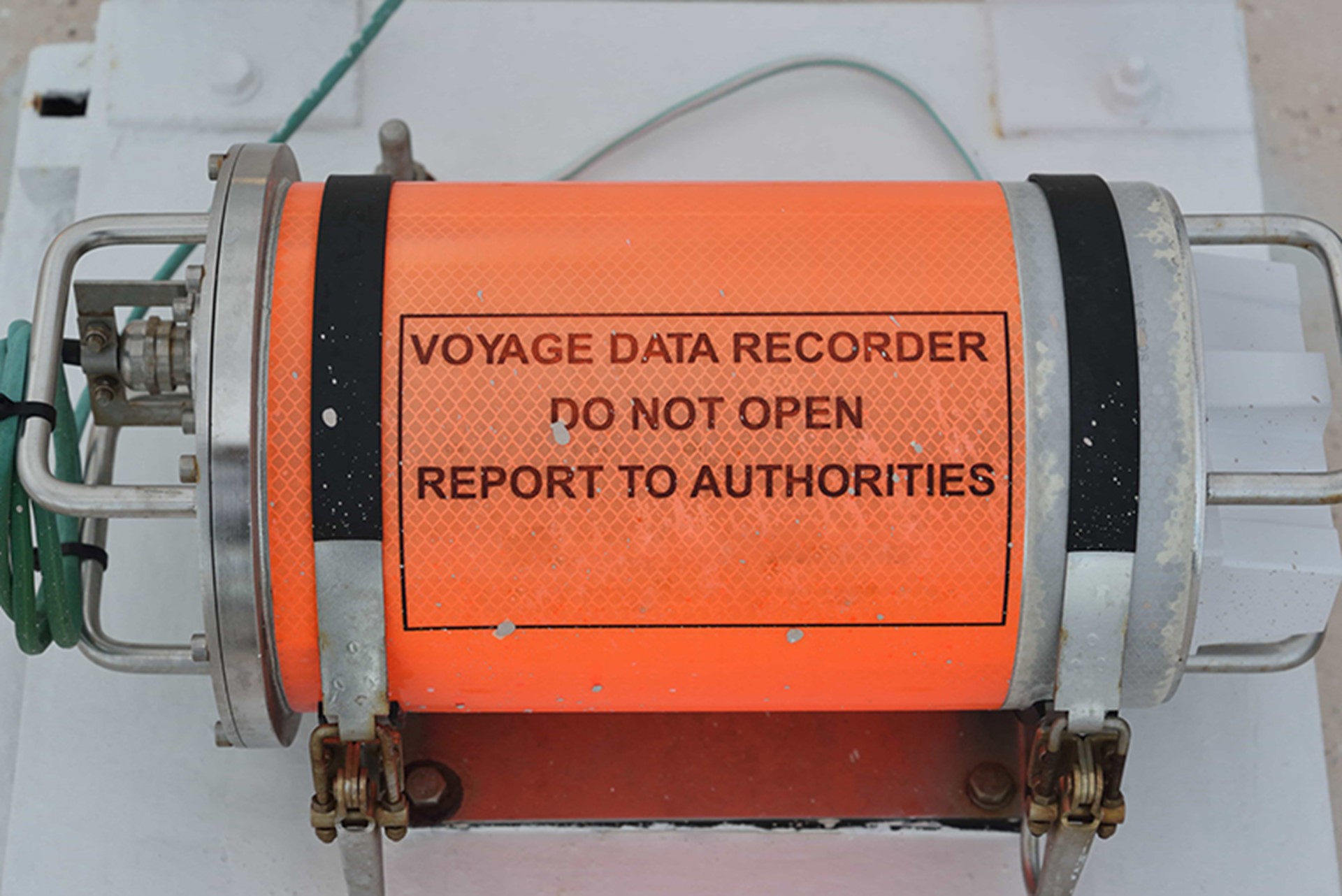A Voyage Data Recorder (VDR) or Simplified Voyage Data Recorder (S-VDR) can allow the detailed reconstruction of a navigational incident, such as collision, allision or grounding. This information can then be used to allow full understanding of the circumstances that led to the incident.
A full reconstruction provided by VDR/S-VDR1 can be used as a substantial defence in litigation. It is now one of the first pieces of evidence requested to be provided, as it shows exactly what was happening on the vessel’s wheelhouse prior to and during an incident.
Failure to provide VDR/S-VDR data can in some circumstances be considered suspicious and will weaken any defence argument.
Data Download
To prevent overwriting of useful evidence, it is important that the data is saved as soon as practicable post incident.
We strongly recommend that all companies contain a section within their safety management systems, specifically dealing with the retention of evidence after an incident.
We also recommend that instructions on how to save the data are posted adjacent to the equipment, and that ships staff are trained in the correct method at regular intervals. This should also include controlled removal of the recording device if abandonment is necessary.
Function Testing
The VDR/S-VDR is subject to annual performance testing. The IMO have prepared guidelines for the testing2.
One of the most crucial parts of the annual performance testing, is that all items that can be recorded, should be satisfactorily stored for the required recording period. Any faults with the recording ability should be identified and rectified at this juncture.
We would strongly advise that all ship owners confirm the status of their VDR/S-VDR data recording, to prevent missing data. The attending technician should be from (or approved by) the manufacturer of the S-VDR/VDR. They should be asked to provide the results of the data retrieval test, and if there is a problem, a solution should be sought.
We further recommend that all ship owners obtain the ability to download and playback their ships VDR data. This is particularly important when assuming management of a vessel, after any maintenance to the VDR/S-VDR or following maintenance/replacement of any signal source of the VDR/S-VDR. We believe it is prudent to conduct a test of this ability (in addition to the mandated annual performance testing) at least once per year to confirm that the download procedures work.
N.B. THE ABSENCE OF ANY SYSTEM ALARMS, DOES NOT MEAN THAT THE SYSTEM IS RECORDING PROPERLY
Further maintenance
Ship owners are also advised to conduct all maintenance required on the S-VDR/VDR according to the manufacturer’s recommendations, to maintain reliability. This should be part of the vessels formal planned maintenance system and may include;
- Confirmation that no alarms are present
- A visual check of all the components of the VDR/S-VDR
- All batteries fitted within the equipment are in date
- If fitted, the float-free mechanism is in date and the float free capsule is unobstructed
Notes
1 - A simplified voyage data recorder (S-VDR) is also allowed for in the SOLAS regulations. An S-VDR is subject to lesser performance standards than a VDR. This was intended to enable existing vessels (at the time of the adoption of the VDR requirements) to achieve compliance.
2 MSC.1/Circ.1222

